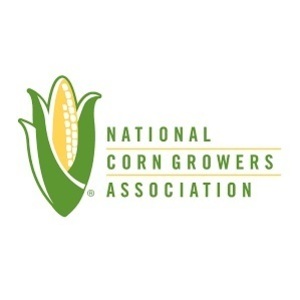NCGA urges Treasury to adopt GREET for SAF tax credit

November 28, 2023
BY Erin Krueger
National Corn Growers Association President Tom Hagg and the leaders of 16 state corn grower groups on Sept. 7 sent a letter to Treasury Secretary Janet Yellen advocating for the adoption of the U.S. Department of Energy’s GREET model to measure greenhouse gas (GHG) reductions for the purposes of the sustainable aviation fuel (SAF) tax credit.
The SAF tax credit, created by the Inflation Reduction Act, includes language specifying that the GHG reduction of the fuel is to be calculated with “the most recent Carbon Offsetting and Reduction Scheme for International Aviation which has been adopted by the International Civil Aviation Organization” or a similar methodology. Representatives of the U.S. biofuel and agricultural industries have been urging Treasury to adopt GREET as a methodology to calculate GHG emissions reductions for the purposes of the SAF tax credit, noting it most accurately reflects current U.S. agricultural practices.
Advertisement
Advertisement
“Because biomass feedstocks, including feedstocks from agriculture and corn ethanol, are essential SAF sources, it is imperative that this new tax credit properly accounts for the lifecycle carbon emission reductions of these sources and the conventional jet fuel these new fuels will replace,” Hagg and his colleagues wrote. “There are numerous reasons as to why the GREET model is the instrument for accomplishing that objective.
“GREET is the federal government’s most robust and updated model or methodology for transportation lifecycle assessment. It is used globally to measure lifecycle greenhouse gas emissions from transportation, and the DOE has the best resources, expertise, and current ability within federal government agencies to assess lifecycle emissions accurately and scientifically.
Advertisement
Advertisement
“The GREET model accurately accounts for on-farm carbon reduction activities and feedstock yield increases and the improved agriculture production practices that farmers have adopted over the last twenty years,” they continued. “This further solidifies GREET as the methodology the U.S. Department of the Treasury and the IRS should use to determine tax credits for SAF under the IRA.”
A full copy of the letter is available on the NCGA website.
Related Stories
The USDA has announced it will delay opening the first quarterly grant application window for FY 2026 REAP funding. The agency cited both an application backlog and the need to disincentivize solar projects as reasons for the delay.
Neste and DHL Express have strengthened their collaboration with the supply of 7,400 tons (9.5 million liters) of neat, i.e. unblended, Neste MY Sustainable Aviation Fuel to DHL Express at Singapore Changi Airport starting July 2025.
CoBank’s latest quarterly research report, released July 10, highlights current uncertainty around the implementation of three biofuel policies, RFS RVOs, small refinery exemptions (SREs) and the 45Z clean fuels production tax credit.
The U.S. Energy Information Administration maintained its forecast for 2025 and 2026 biodiesel, renewable diesel and sustainable aviation fuel (SAF) production in its latest Short-Term Energy Outlook, released July 8.
XCF Global Inc. on July 10 shared its strategic plan to invest close to $1 billion in developing a network of SAF production facilities, expanding its U.S. footprint, and advancing its international growth strategy.
Upcoming Events










